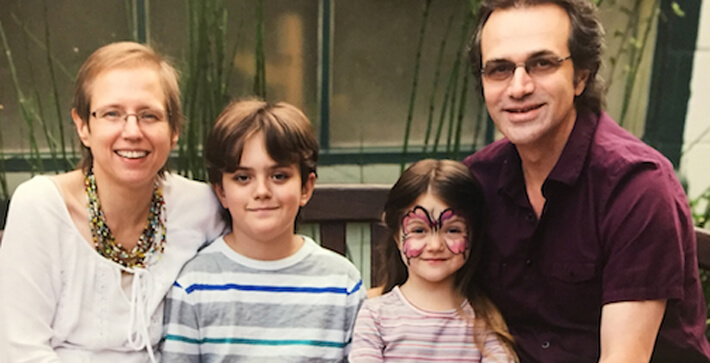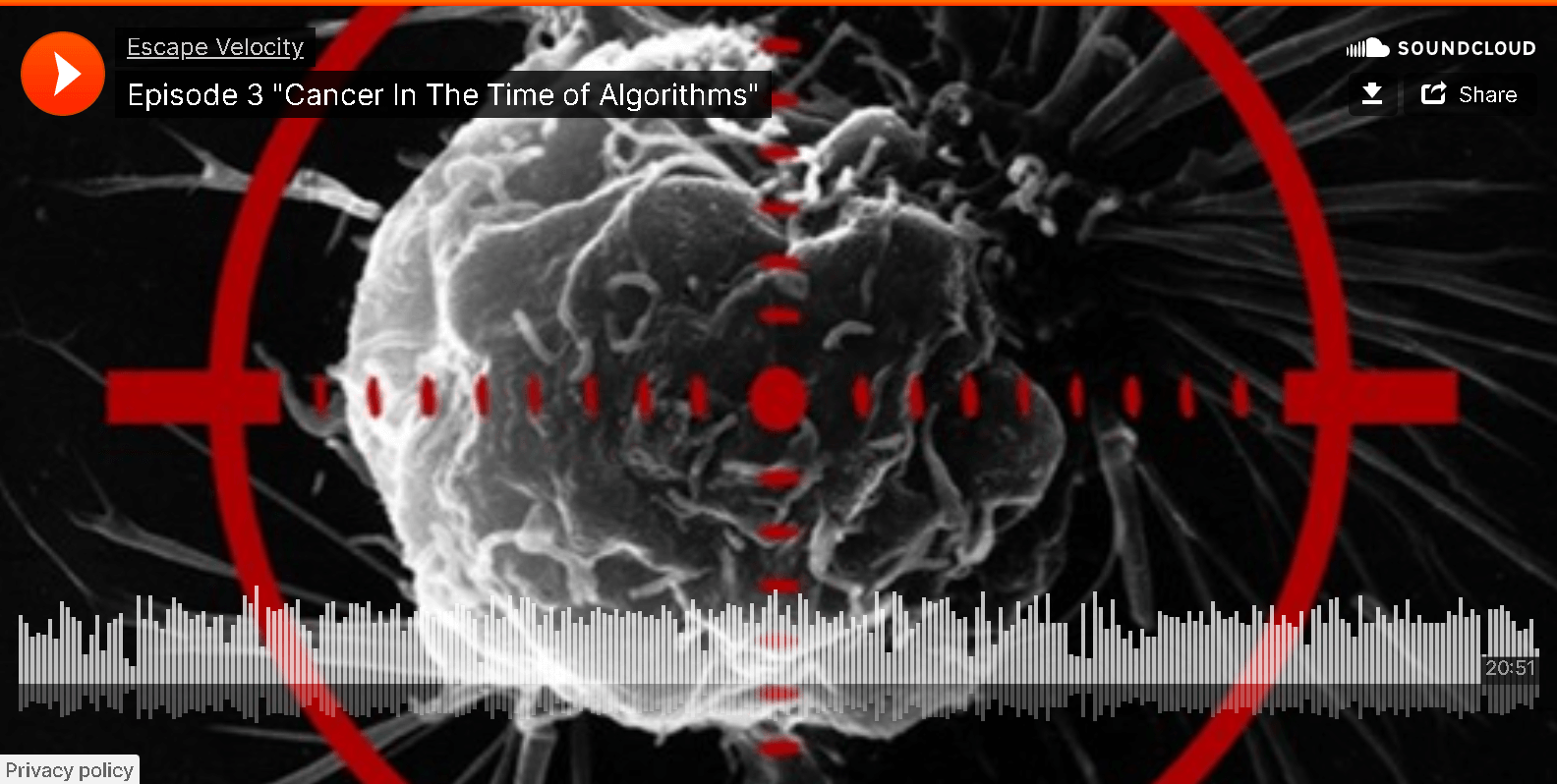
The Pepke Family. Photo courtesy of Shirley Pepke
In the United States, over 20,000 women will be diagnosed with ovarian cancer each year – enough women to fill the Galen Center twice – and is the leading cause of death among female reproductive systems cancers. Ovarian cancer receives less publicity, funding, and research than other forms of cancers, leaving many women feeling frustrated or hopeless.
When a woman is diagnosed with recurrent ovarian cancer, she sits with her doctor and receives a menu of treatment options and is asked to select their preferred method: chemotherapy, surgery, or possibly immune therapy. Doctors can guide the decision, but finding the correct sequence and combination is a process of trial and error that can take a long time. Time that can often be toxic to a patient.
This process is different in other more represented cancers like breast cancer, where doctors make targeted decisions on a treatment plan based on the tumor size and individual patient needs. Ovarian cancer patients do not have the same kind of personalization options.
The USC Information Sciences Institute’s Greg Ver Steeg and Shirley Pepke have discovered a way to change that.
In their paper, “Comprehensive Discovery of Subsample Gene Expression Components by Information Explanation: Therapeutic Implications in Cancer,” Pepke and Ver Steeg have discovered a new method of finding gene groups with related expression levels. Some of these groups are strong predictors of long term survival and some can be targeted with existing drugs.
Ver Steeg, a research professor in USC Viterbi’s Department of Computer Science, believes “this presents several exciting new avenues for ovarian cancer treatment.” Most notably, patients may have the ability to create personalized treatment plans based on their gene expression.
“We can assess the tumor and see what is driving it to behave this way,” Pepke said.
Pepke and Ver Steeg certainly have a connection to ovarian cancer’s reach and the effect it has on patients. Pepke was studying gene expression with researchers at Caltech when she herself was diagnosed with ovarian cancer.
Her diagnosis came at a time when her two children were just 9 and 3 years old, and they are a major motivator in her research. “I am sure every parent can understand how devastating it is to be forced to plan for their children growing up without them,” Pepke said.
In the wake of her diagnosis, Shirley sought out a colleague who could help her to analyze her expression data using machine learning. Kristina Lerman, also of USC ISI and the Department of Computer Science, connected her to Ver Steeg who has been doing work in the field of machine learning and already had an algorithm in place that could help Shirley analyze her data.
“I had an algorithm that helped explain high dimensional data, but I didn’t have the background in biological applications,” Ver Steeg said. So, with his background in machine learning and Pepke’s in gene expression, their work began.

Greg ver Steeg Photo/ Will Taylor
Using this algorithm and ovarian cancer patient data from public databases, Ver Steeg and Pepke found patterns in the gene expression data and discovered that certain gene groups could respond positively to existing drugs; information that can one day help patients create custom treatment plans.
Pepke believed that their method and Ver Steeg’s algorithm was so helpful, she used it in determining her own treatment plan when her cancer returned.
“I wouldn’t recommend that anyone do this,” Pepke warned, “but I analyzed my own tumor’s gene expression.” Analyzing her own cancer data, she found that her gene expressions were connected to her immune system and developed a targeted treatment plan focused on immune therapy.
“It was not what was recommended to me,” Pepke remembered, but it worked well and she has been in remission for one year. While her doctors cannot say for sure that knowing her expression patterns directly led to her remission, knowing these patterns did guide her to a more educated decision.
“It benefited me and I didn’t even use its full power,” Pepke said. “I feel bad for others out there with no information, no guidance. The lucky ones can tolerate the treatments, but it frustrates me when toxic treatments don’t work and women run out of time before they find what works.”
Ver Steeg says that their findings go beyond ovarian cancer; their use of machine learning to analyze biomedical patterns can be applied in analyzing other cancers as well as neurological conditions such as Alzheimer’s.
The duo’s hope is that more work can be done, and experts in the area can research further to one day develop a set of tools and a framework for doctors and patients to analyze individual data directly.
For now, Pepke said that she hopes that their current findings have given women hope: “I have met so many brave women fighting ovarian cancer, but the absolute fiercest are the mothers. Many go through harrowing treatments, and then go back home, put on a brave face and pick up their kids from school. I hope that this research can help some of them.”
Published on October 21st, 2016
Last updated on June 27th, 2025














